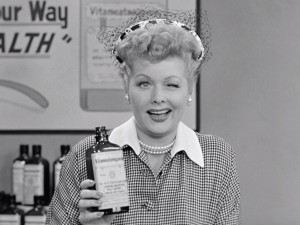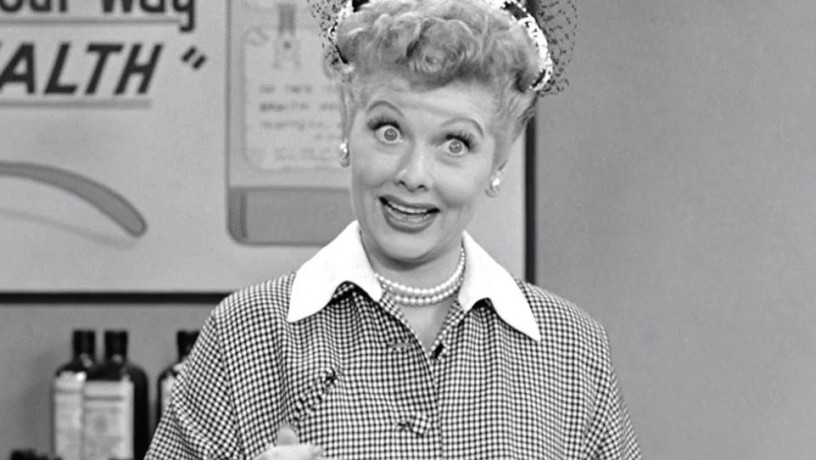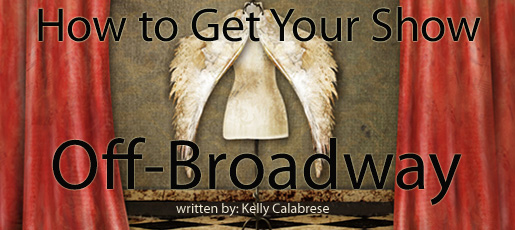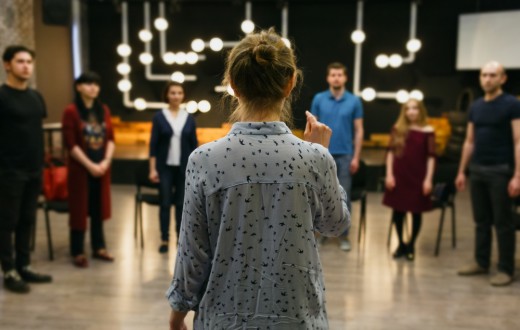 Capturing the audience’s attention is a challenge all actors face. Whether it’s delivering a monologue, performing a scene, or even telling an anecdote on stage, the actor must be able to keep the attention of their audience. A captivating performance starts with an actor’s ability to connect with those watching and make an impression that lasts long after they leave the theater.
Capturing the audience’s attention is a challenge all actors face. Whether it’s delivering a monologue, performing a scene, or even telling an anecdote on stage, the actor must be able to keep the attention of their audience. A captivating performance starts with an actor’s ability to connect with those watching and make an impression that lasts long after they leave the theater.
The best way to do this is by using engaging techniques such as subtle movement, vocal variation and experimentation with body language. By being creative and pushing yourself beyond your limits, you can bring life to any scene and truly mesmerize those watching you perform. Audiences respond to performances that demonstrate skillful emotional range, physicality and effortless improvisation.
Subtle Movement
When it comes to acting, subtle movement can make all the difference. Subtle movements are small actions that bring a scene alive in a realistic way and add nuance to any performance. In fact, many actors rely on subtle body language to show emotion and create depth in their characters.
Subtle movements can range from a simple head nod or hand gesture to something more complex like changing posture or facial expression. No matter the type of movement, it’s important that you remain conscious of your physicality while performing so you can convey the right feeling without being too overt. By focusing on smaller details like these, you can ensure that each moment is as naturalistic and believable as possible.
Let’s look at this scene in Maggie Gyllenhaal’s directional debut movie The Lost Daughter. There is SO much going on in this scene with words and subtle looks. Olivia Coleman, Dakota Johnson and Dagmara Dominczyk set the tone with their subtle movements.
Vocal Variation
Vocal variation is an essential skill for any actor to master. It encompasses a variety of techniques which can help to bring the script or character to life. You can use vocal variation to help establish the emotions, motivations and relationships of a character in a scene.
The use of vocal variation involves adjusting the pitch, volume and tone when delivering lines. This allows you to effectively convey what your characters are feeling as well as create subtle differences between characters who may have similar goals and motivations. By making small adjustments in these aspects of delivery, it helps keep performances engaging and dynamic throughout a scene or production.

By utilizing these techniques properly, you can ensure that your scenes come alive through vivid portrayals of your characters’ emotions or attitudes.
What better example of Vocal Variation is there other than Lucille Ball and Desi Arnaz?
Just for fun, I’m adding in this clip of Lucy’s Vitameatavegimen Commercial because it’s just so funny I needed a belly laugh. What’s your favorite I Love Lucy episode? Follow DirectSubmit NYCastings on Twitter to comment!
Body Language
Knowing how to properly use body language is essential for any aspiring actor as it can help bring out the bits of each character, allowing you to truly become the person you’re portraying. Through movements such as eye contact, facial expressions, posture and gestures, you can convey emotions without having to say a word. This type of nonverbal communication allows viewers to connect with the character on an emotional level and believe in their presence. Furthermore, when movements are exaggerated or done out of context it can create comedic moments that add lightheartedness and charm to any performance.

There’s a lot of great body language in Three’s Company, especially when it comes to John Ritter. LOL! I just watched this clip like, five times.
Alright, so! Grabbing an audience’s attention is no small feat. It requires a combination of creativity, logic, and proper timing. With the right combination of these elements, an audience can be engaged, entertained and persuaded. It’s important for any performer to invest in understanding the psychology of their audience and learn what will capture their attention and keep it throughout the performance. (The last thing you want to see are people yawning in the audience!)







